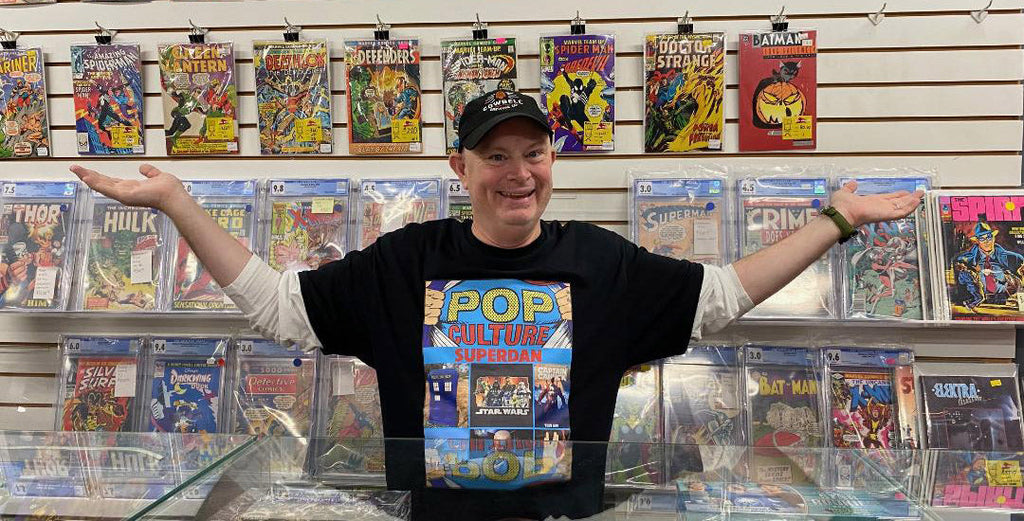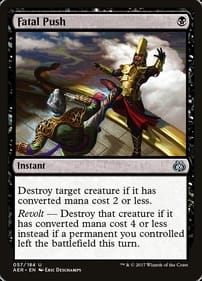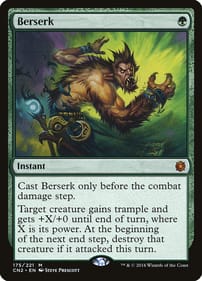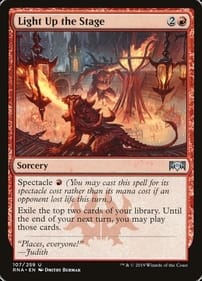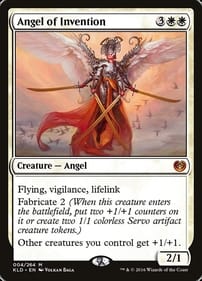Comic Writers Are the New Auteurs
By Dan Brown My brother Mike is four years older than me, but as kids we were both fans of Marvel Comics. One time, it might have been while I was reading an issue of Fantastic Four and he was perusing the latest Marvel Team-Up, he asked me a question. “Do you think the writer of a comic or the artist is more important?” For me, the answer was obvious: The person who draws the pictures. Not surprisingly, Mike disagreed, arguing the guy responsible for the words has primacy. That exchange has stuck with me to this day. Perhaps I was so adamant as a young boy because I had done more drawing than writing. My perception was that artists got no respect then, and I still believe that today. This is just a long-winded way of saying, in the modern comic industry, writers are the new auteurs. Illustrators, meanwhile, aren’t appreciated for everything they bring to the table. “Auteur” is a term borrowed from French New Wave cinema. I believe it originated in the French film magazine Cahiers du cinema in the 1950s Basically, auteur theory – as it applies to film – dictates that the director of the film is the one who supplies the overall vision. He or she is the “author” of the movie and the other folks involved – producers, screenplay writers, performers – are there to carry out his or her goals. It was a revolutionary idea decades ago. Today’s auteurs would include the likes of Christopher Nolan, Martin Scorcese, and James Cameron. They’re the ones who move the art forward. Somewhere along the line over the last five decades, writers have emerged as the equivalent figure in the comics industry. When I was reading Fantastic Four in the 1970s, I don’t remember comic fans talking a lot about the styles of different writers, but I do recall many debates about the best illustrators. In 2025, however, the conventional wisdom is that the writer is the one whose ideas and input count the most. On the cover of a typical mainstream comic, it’s the writer’s name that gets top billing. Often it’s just his or her last name – that’s how much recognition they get, how well-known they are. When comic publishers promote a new series, it’s frequently marketed to the public on the strength of the writer’s reputation and ability. I don’t know the exact moment when writers ascended to the level of being auteurs. I’m guessing it had a lot to do with three comics that came out in the 1980s: Alan Moore’s Watchmen, Frank Miller’s The Dark Knight Returns, and Art Spiegelman’s Maus. Many fans, as well as industry insiders, view that period as a renaissance when new life was breathed into the form. The guys involved became giants. (If you want to laugh at a savage satire of Moore in particular, check out Chip Zdarsky’s Public Domain series, which has a British comics writer character named Carter Dusk, who hangs a garden hose in front of the window in his study so he can brood as it’s raining all day long. In his own pretentious words, Dusk is a “dabbler in wordplay and mass-printed magic.”) You might think the passing of the years has softened my stance. Not so. I still think artists don’t get the props they deserve. I don’t know about your buying habits, but I usually pick up a comic or graphic novel based on who did the art. Since I first began to appreciate sequential storytelling, the art in the average comic book has gotten so much better. Yet I don’t see anyone arguing in 2025 that the same has happened to the writing. Or consider this: There are many artists who have branched out into writing, sometime Canadian John Byrne being one example. Artists like Byrne have been able to learn to do plotting, dialogue, pacing, and everything else writers have traditionally done. But can you think of a single instance of a writer learning how to draw? It just doesn’t happen. I would love to read your answer to the question my brother posed all those years ago. Feel free to drop it in the comment box below! Dan Brown has covered pop culture for more than 32 years as a journalist and also moderates L.A. Mood’s monthly graphic-novel group.


